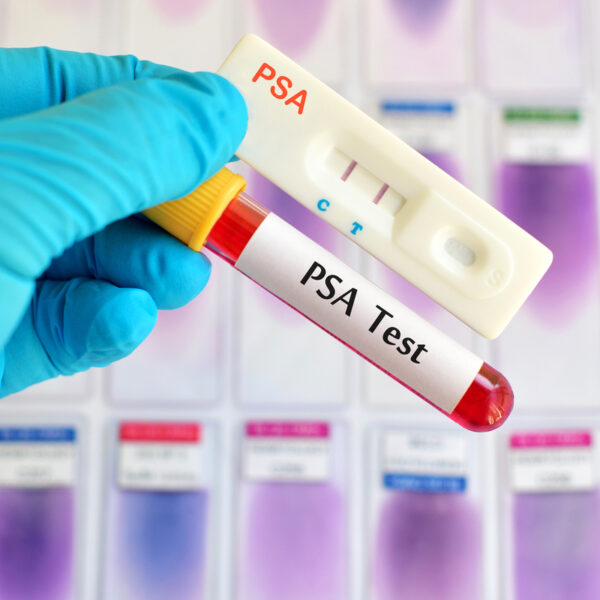
The Evolution and Impact of Online Electronic Medical Records
In the digital age, the healthcare industry has witnessed a significant transformation with the advent of online electronic medical records (EMRs). These digital systems have revolutionized the way patient information is stored, accessed, and managed, offering numerous benefits to both healthcare providers and patients. This article delves into the evolution, advantages, and challenges of online EMRs, highlighting their impact on modern healthcare. Online electronic medical records (EMRs) represent a digital version of the traditional paper-based medical records. They are designed to streamline the documentation process, improve patient care, and enhance the overall efficiency of healthcare services. The journey of EMRs began in the late 20th century, with the initial systems being rudimentary and limited in functionality. However, advancements in technology have led to the development of sophisticated EMR systems that are now integral to healthcare operations worldwide. Evolution of EMRs The concept of EMRs emerged in the 1960s, but it wasn’t until the 1990s that they began to gain traction. Early EMR systems were primarily used for administrative purposes, such as billing and scheduling. Over time, these systems evolved to include clinical functionalities, enabling healthcare providers to document patient encounters, track medical histories, and manage treatment plans more effectively. The 21st century marked a significant turning point for EMRs, driven by the widespread adoption of the internet and advancements in cloud computing.









